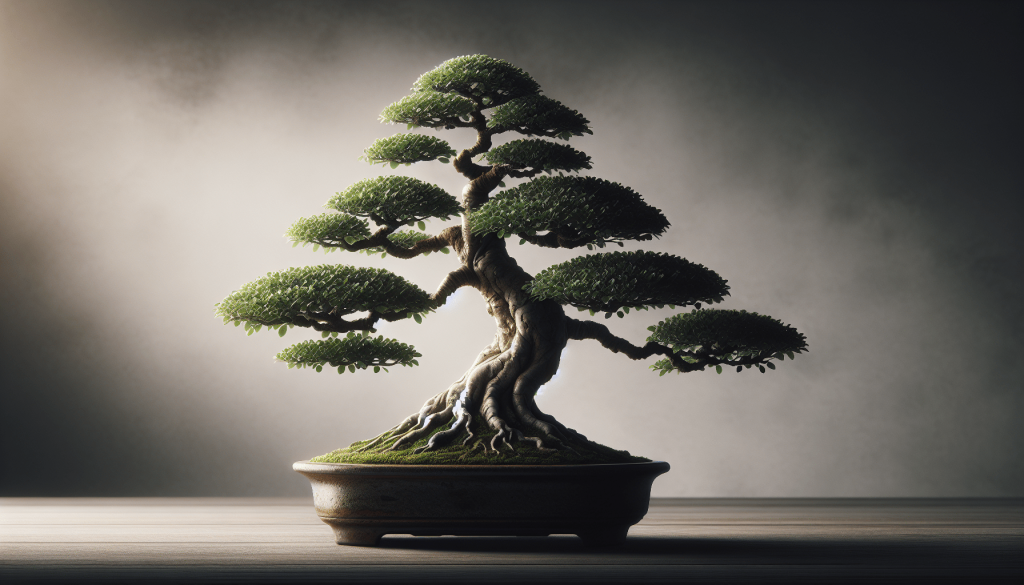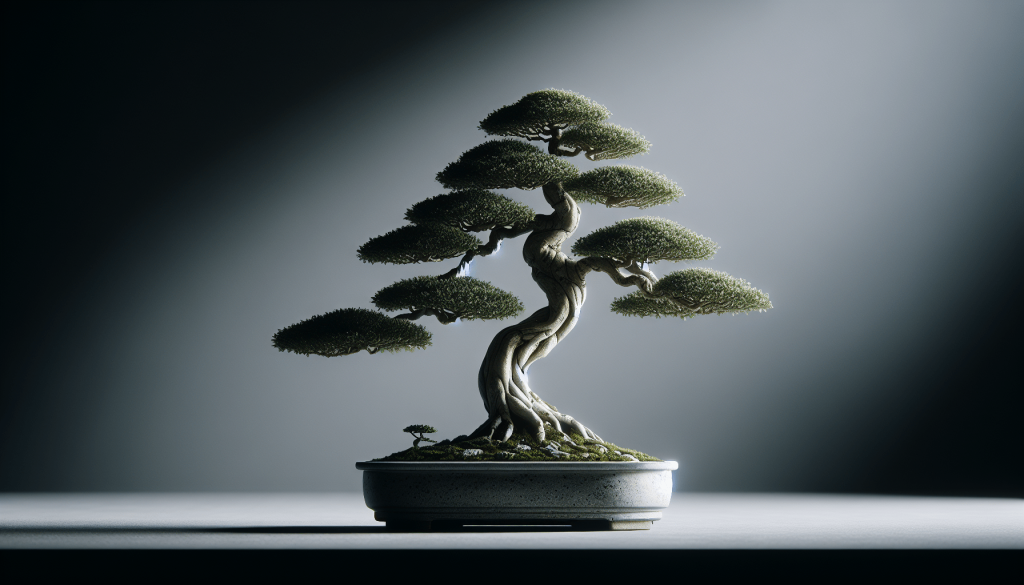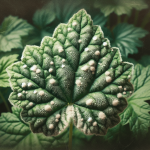This post may contain affiliate links. As an Amazon Associate, we may earn commissions from qualifying purchases.
Cultivating and preserving a bonsai tree can be an incredibly rewarding venture that allows you to connect deeply with nature and transform a simple plant into a living piece of art. From selecting the right tree and pot to mastering techniques like pruning, wiring, and watering, this guide covers all the essential steps to help you start your bonsai journey. Whether you’re a novice gardener or an experienced horticulturist, you’ll find practical tips and valuable insights to ensure your bonsai thrives for years to come. Dive into the enchanting world of bonsai and discover just how fulfilling this unique hobby can be! Have you ever found yourself captivated by those miniature trees, so artfully displayed in tiny pots, and wondered, “How do I grow and maintain a bonsai tree?” It’s a good question, and one that opens a door to a world of patience, artistry, and a little bit of zen. Imagine your very own bonsai tree, a tiny snippet of nature, thriving and flourishing under your care. It’s a small joy with roots in centuries-old tradition—and it’s completely doable with a bit of guidance. Let’s dive into the art, science, and sheer delight of growing and maintaining a bonsai tree.

The Origin and Philosophy of Bonsai
A Brief History
Bonsai, often thought of as a purely Japanese art form, actually traces its roots back to ancient China, where it was known as “penjing.” The practice made its way to Japan around 1,000 years ago and has since evolved into what we now know as bonsai. The word “bonsai” itself is Japanese, with “bon” meaning tray or pot, and “sai” meaning plant or tree.
The Philosophy
Growing bonsai isn’t merely about nurturing a small tree; it’s a partnership between you and nature. It’s a practice that demands meticulous attention—not unlike doting on an ill-tempered cat that just might claw you out of gratitude. Yet, in this practice, there’s a profound connection to the natural world and the principles of simplicity, balance, and harmony.
Choosing the Right Bonsai Tree
Types of Bonsai Trees
There are two main categories you’ll encounter: indoor and outdoor bonsai.
Indoor Bonsai Trees
| Tree Species | Characteristics |
|---|---|
| Ficus | Hardy, excellent for beginners |
| Jade | Succulent, easy to care for |
| Sageretia | Attractive, with small leaves |
| Chinese Elm | Graceful, fine branches, adaptable |
Outdoor Bonsai Trees
| Tree Species | Characteristics |
|---|---|
| Juniper | Resilient, classic choice |
| Pine | Iconic, often used in traditional bonsai |
| Maple | Vibrant fall colors, stunning foliage |
| Azalea | Beautiful flowers, requires more care |
It’s essential to choose a tree that suits your climate and environment. Imagine trying to grow a palm tree in your living room in Minnesota. Not ideal, right? Each tree has its own needs and preferences, and meeting them is half the battle.
Where to Get Your Bonsai Tree
Ah, the million-dollar question. You can start from a nursery, pick up a pre-grown bonsai from a specialty store, or even begin your journey with a bonsai kit. Each route has its pros and cons:
- Nursery: Affordable but demands more initial work.
- Specialty Store: Ready-to-go trees, usually pricier but less effort upfront.
- Bonsai Kit: A middle ground, with everything you need to begin but requiring some elbow grease.
The Essentials: Tools and Supplies
Basic Tools
- Pruning Shears: For trimming and shaping branches.
- Concave Cutters: To remove branches and avoid visible scars.
- Wire Cutters: Essential if you’re training your tree with wire.
- Bonsai Wire: For guiding branches into desired shapes.
- Root Rake: To comb out roots while repotting.
Supplies
- Quality Soil: Bonsai soil mix, not just any garden dirt.
- Pots: Make sure they have drainage holes.
- Fertilizer: Specific to each type of bonsai tree.
- Watering Can: With a fine nozzle to mimic gentle rain.
Having these tools and supplies at your disposal is like having the right kitchen gadgets before attempting a complicated recipe. It won’t guarantee success, but you’ll be better equipped to handle the hiccups along the way.
Planting Your Bonsai Tree
Preparing the Pot
You wouldn’t move into a house without checking the plumbing, right? The same goes for your bonsai pot. Ensure it has adequate drainage. You might need to line the bottom with mesh to keep soil from escaping.
Soil and Substrate
Bonsai soil isn’t your run-of-the-mill backyard dirt. It’s a special mix designed to retain water but not too much, ensuring the roots get enough air.
Common bonsai soil components:
| Component | Function |
|---|---|
| Akadama | Water retention, root aeration |
| Pumice | Soil structure, root development |
| Lava Rock | Drainage, prevents soil compaction |
| Organic Compost | Nutrient supply |
Mix these in proportions suited for your tree type. It’s like making a cocktail; you want the right balance to achieve the desired effect.
Placing and Planting
- Layer gravel at the bottom of your pot for extra drainage.
- Add soil on top, leaving room for the tree.
- Position your tree, spreading the roots evenly.
- Fill in with soil, gently pressing down to secure the tree.
- Water thoroughly to help settle the soil.
Once potted, place your bonsai in a location with appropriate light and temperature, kind of like finding the sweet spot for your favorite house plant.

Caring for Your Bonsai Tree
Watering
Your bonsai tree might be tiny, but its need for water is anything but small. However, over-watering can be as deadly as neglect. Ideally, water when the topsoil feels slightly dry. Use a watering can with a fine spout to emulate raindrops—it’s poetic, really.
Pruning and Shaping
This is where the artistry comes in. Pruning is essential for maintaining shape and health. Remove any dead or unwieldy branches. Remember, you’re not making a mini forest; you’re molding a vision.
Structural Pruning
Done during the dormant period, usually late winter. Focuses on shaping the tree and setting up its future growth pattern.
Maintenance Pruning
This happens throughout the growing season. Trim new growth to maintain shape and size. Imagine giving your tree a quick haircut to keep it looking its best.
Wiring
Wiring allows you to bend and shape branches. Using bonsai wire, gently wrap and bend branches into the desired position. Be careful not to constrict growth; think of it like guiding a toddler, not tying them up.
Seasonal Care
Spring and Summer
This is the period of active growth. Keep an eye on your tree’s water needs and check for pests. Fertilize regularly but in moderation—think of it as applying a bit of muscle, not creating a bodybuilder.
Fall and Winter
Your tree enters a dormant stage. Reduce watering and stop fertilizing. Some outdoor bonsai need protection from extreme weather, so consider moving them or providing coverage.
Troubleshooting Common Problems
Over-Watering
Signs: Yellowing leaves, wilting.
Solution: Check soil drainage, ensure pot has drainage holes, and adjust watering frequency.
Under-Watering
Signs: Drooping leaves, brittle branches.
Solution: Increase watering but make sure soil can retain moisture without becoming waterlogged.
Pests and Diseases
Keeping a bonsai tree is like being a detective. You have to be on the lookout for pests and diseases:
Common Pests
| Pest | Symptoms | Solution |
|---|---|---|
| Aphids | Sticky leaves, distorted growth | Neem oil spray, insecticidal soap |
| Spider Mites | Fine webbing, yellow stippling on leaves | Increase humidity, miticide spray |
| Scale | Hard, shell-like bumps | Manual removal, horticultural oil |
Common Diseases
| Disease | Symptoms | Solution |
|---|---|---|
| Root Rot | Mushy, discolored roots | Improve drainage, reduce watering |
| Powdery Mildew | White, powdery substance on leaves | Fungicidal spray, improve air circulation |
Repotting
When to Repot
Signs you need to repot: roots are circling the pot or pushing through the soil surface. Generally, repot younger trees every 2-3 years and older ones every 4-5 years.
How to Repot
- Prepare new soil mix: Just like you did initially.
- Remove the tree: Gently pull it out, teasing apart the roots.
- Trim the roots: Cut back about a third, mainly from the sides and bottom.
- Repot: Using the same method as when you first planted it.
Repotting is like giving your bonsai a new pair of shoes, ensuring it continues to grow healthily.
The Zen of Bonsai: Emotional and Psychological Benefits
Mindfulness
Taking care of a bonsai tree can be a deeply meditative activity. It requires patience, attention to detail, and a slowing down of your usual pace. Before you know it, you’ll find moments of peace and mindfulness sneaking into your routine.
Creativity
Shaping your tree allows your creative juices to flow. You’re essentially an artist, painting with plants and time. It’s a slow art form but incredibly satisfying.
Stress Relief
Focusing on the tree can be a great way to escape stress. There’s something profoundly calming about nurturing a piece of nature, a green refuge during chaotic days.
Conclusion: Your Bonsai Journey
So there you have it—a roadmap to growing and maintaining a bonsai tree. It’s not just about having a mini tree sitting on your windowsill. It’s about cultivating patience, experiencing the joy of creation, and reconnecting with nature. Whether you’re a novice or a seasoned gardener, the journey of bonsai cultivation offers something deeply rewarding. Remember, your bonsai tree will reflect your care, attention, and creativity. It’s a living testament to your perseverance and artistry.
Ready to start your bonsai adventure? Go find your tree, gather your tools, and begin your journey. The world of bonsai is as vast and intricate as the branches you’ll ultimately shape. Dive in, and may your bonsai thrive under your care.








